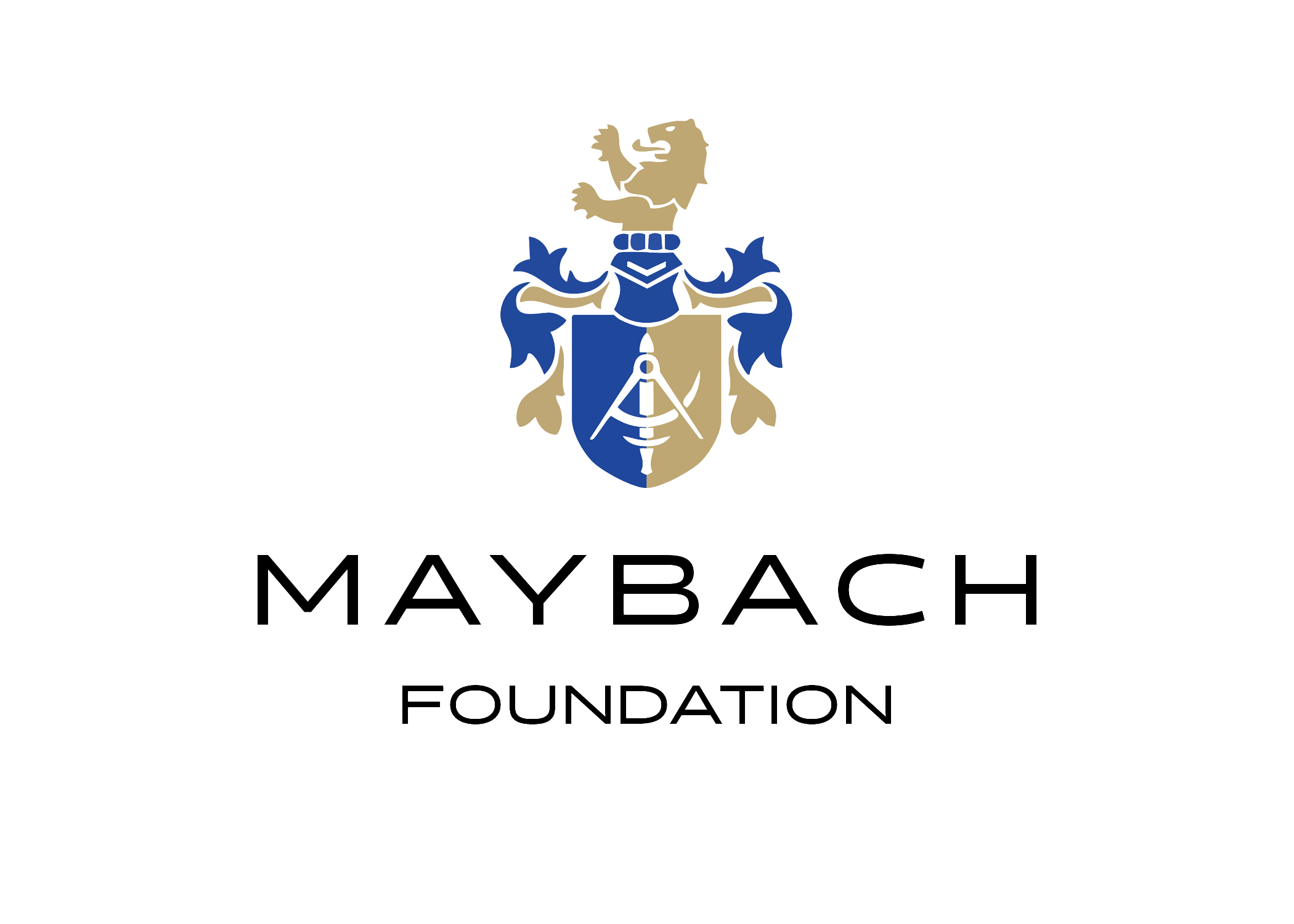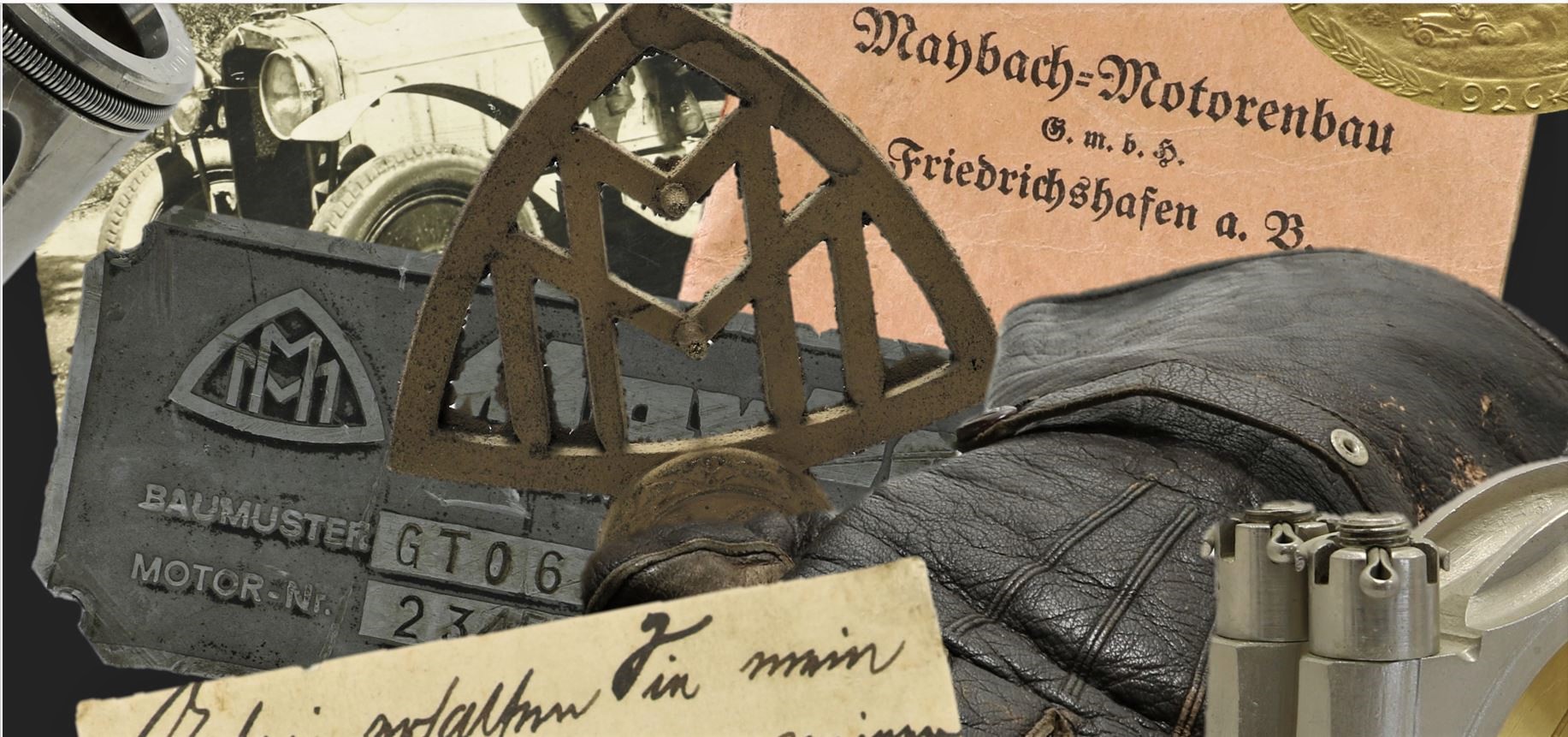In addition to the Foundation’s office in San Francisco, our German ‘Maybach-Stiftung’ team in Friedrichshafen, Germany. Located right near the beautiful Lake Constance. Here we focus on building up a comprehensive archive of Maybach’s rich history and supporting the Freundeskreis Maybach Museum e.V. („Friends of the Maybach Museum“). There are many reasons why this location is significant for the world of Maybach and the decision to set up a branch here was no accident.
Friedrichshafen on Lake Constance is where Karl Maybach created the engines for the Zeppelin airship. The creation of these engines had a long-term impact on both global history and the Lake Constance region’s history. With the first independently produced engine, the ‚AZ‘, in 1909, the foundation was created for an entire series of Maybach products which has a global significance by introducing major improvements in various areas of engineering, for example, the invention of the fast-running engines of the SVT trains from the 1930s.
Here in Friedrichshafen, many people are still closely associated with Maybach and the history of Maybach Motorenbau has flourished with the founding of the company MTU (Motoren und Turbinen Union) in 1969. The „Freundeskreis Maybach Museum e.V.“ (Friends of the Maybach Museum Association) idea began to pick up traction after the formation of the MTU. The goal of the „Freundeskreis Maybach Museum e.V.“ is to pursue the goal of giving the Maybach history its own and maintaining the historical significance of the Maybach heritage. Under the leadership of Sigfrid Rehm (who has worked for Karl Maybach) over 2,000 objects, artifacts and documents have been collected on a voluntary basis since its foundation in 2015 and a broad network of experts have been helping this project. This project has also been being promoted with a great commitment by the current directors and members.
In close coöperation with the Freundeskreis Maybach Museum, two colleagues (Marvin Meier-Braun, our Collection Curator and Tobias Erne, the Assistant for Collection and Inventory) of the German Stiftung are overseeing and managing the listings of this important collection and items while also handling the acquisition of new, additional collection items. In 2019, a very important tool has been implemented at the museum: a cloud-based archive software.

Over the course of our museum work, we take images and record the basic data to document the object in detail so that they can be clearly identified. The subsequent storage according to conservation aspects is an equally important issue. The separation of metal and paper or the use of acid-free material are only two of many points to be considered when maintaining old items that can be easily damaged. Digital access to data entries of individual collection items and objects also serve as a form of protection, because that means that originals do not have to be handled as frequently, ensuring they stay in good condition for as long as possible.
The usability of the various contemporary testimonies is greatly enhanced by our new software. When searching our database we are allowed to enhance our searches with precise keywords and, above all, the various objections can be easily linked and connected to one another. For example, a newspaper article can be linked to objects and other material, creating an interesting thematic network of Maybach’s history. With these connections, complex stories can emerge even from things that at first glance seem unrelated. In the long- term there is also the possibility of making the data accessible to the global public via a website — a first approach to the idea of a global Maybach Archive.
For now, we only want to show a teaser of our archive work and we will showcase some more details in our next newsletter edition. Stay tuned and we will share more exciting finds and news about the everyday life of the collections work here on site.



Leave a Reply